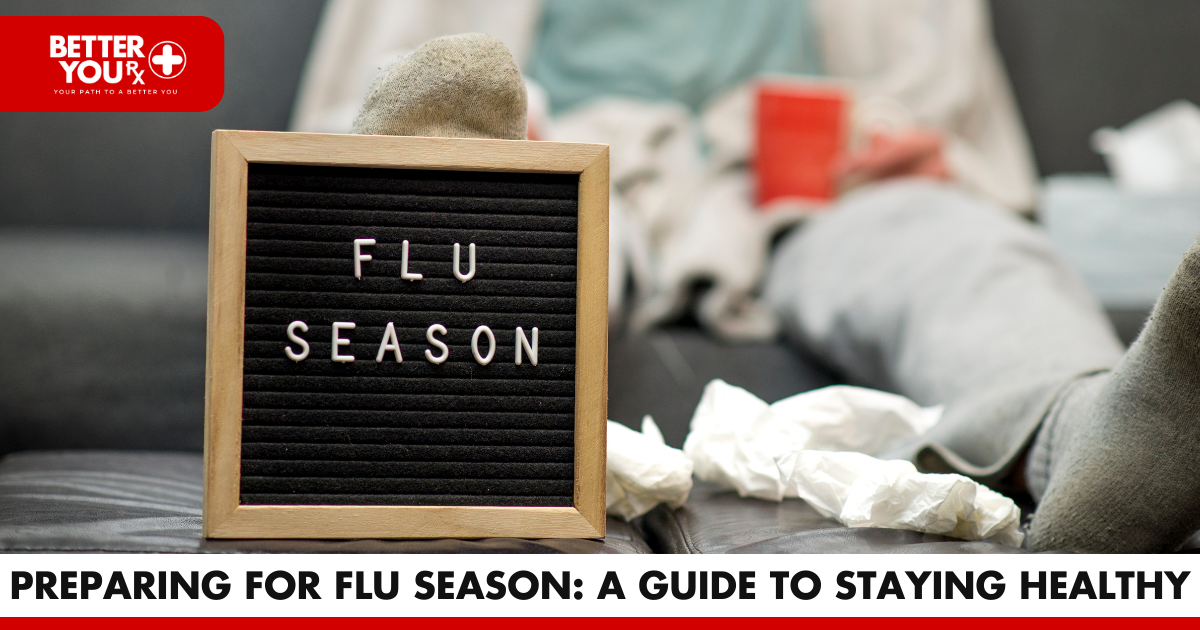The Impact of Fruits on Diabetes: Making Smart Choices for a Healthier Lifestyle
For individuals with diabetes, making careful food choices is crucial, especially when it comes to fruits. Some fruits have a high glycemic index, meaning they cause rapid spikes in blood sugar levels. These fruits tend to be high in sugar and fat, and their consumption should be approached with caution. Not all fruits are created equal, and understanding their impact on blood sugar levels is essential.
Fruits with a high glycemic index include bananas, cherries, dates, prunes, apples, grapefruits, raisins, and honeydew melons. Additionally, certain fruits contain fructose, which should be consumed in moderation. Fructose can lead to increased triglyceride levels, raising the risk of heart disease and stroke. Apples, apricots, cherries, dried dates, and figs contain fructose, but their levels are relatively low and considered safe for individuals with diabetes. Pears and papayas have slightly higher fructose content but are generally acceptable in moderation.
On the other hand, some fruits with a high amount of fructose should be avoided or limited. These fruits include bananas, mangoes, pineapples, pomegranates, kiwis, and grapes. Their consumption may lead to spikes in blood sugar levels and contribute to diabetes complications.
Controlling the intake of fruits becomes vital as hyperglycemia, a severe health complication in diabetes, can occur due to the body’s increased glucose absorption caused by high fructose content. Balancing fruit consumption with other carbohydrate sources and drinking water before indulging in fruit-heavy meals can help stabilize blood sugar levels.
Let’s explore some of the fruits that are better avoided or consumed in moderation due to their high sugar and glycemic levels:
- Bananas: Despite their nutritional value, bananas can cause a rapid rise in blood sugar levels due to their quick absorption of simple sugars.
- Mangoes: High in fructose, mangoes can lead to rapid spikes in blood sugar, along with an elevated glycemic index and triglyceride levels.
- Pineapples: Though sweet-tasting, the slow metabolism process of pineapple sugar may cause excess sugar storage in the liver and muscles, leading to hyperglycemia.
- Kiwis: With a high glycemic index and sugar content, kiwis are best consumed in moderation. They have also been associated with potential skin cancer risks.
- Grapes: These delicious fruits are ranked high on the glycemic index, posing a significant risk of causing diabetes complications.
- Watermelon: Melons, in general, should be approached with caution due to their high sugar content and glycemic index.
- Pomegranates: While sweet and appealing, pomegranates can quickly elevate blood sugar levels, and overconsumption may lead to kidney and liver issues.
- Sweetened Cranberries: High in sugar, sweetened cranberries are best avoided by individuals with diabetes, despite their lower glycemic index.
- Figs: Dense and high on the glycemic index, figs should be limited in the diet of those with diabetes.
- Tangerines: Their sweetness comes with a high sugar content, making tangerines unsuitable for individuals with diabetes.
- Cherries: Succulent and sweet, cherries are rich in sugar and should be consumed in moderation to prevent hyperglycemia.
- Raisins: Studies indicate that the fructose in raisins raises blood sugar levels faster than other sugars, making them a concern for individuals with diabetes.
- Lychees: With high sugar and calorie content, lychees should be avoided by those with diabetes.
While moderation is key, incorporating a variety of fresh fruits in the diet can help stabilize blood glucose levels and prevent diabetes complications. Avoiding sweetened fruits and making well-informed choices can support the regulation of blood sugar levels and promote overall health.
As always, it is recommended to consult with a healthcare professional to determine the best dietary approach for individual circumstances and needs. Personalized guidance from a doctor can help individuals manage their diabetes effectively and enjoy a healthier lifestyle.
Discover the ultimate online pharmacy experience with Better You Rx – your ideal pharmacy partner! We’ve carefully selected the finest pharmacies to team up with, ensuring you receive top-notch service and a wide range of products. Say goodbye to the hassle of finding the perfect online pharmacy, and say hello to Better You Rx, your one-stop solution for all your health and wellness needs! Visit our website https://betteryourx.com/










